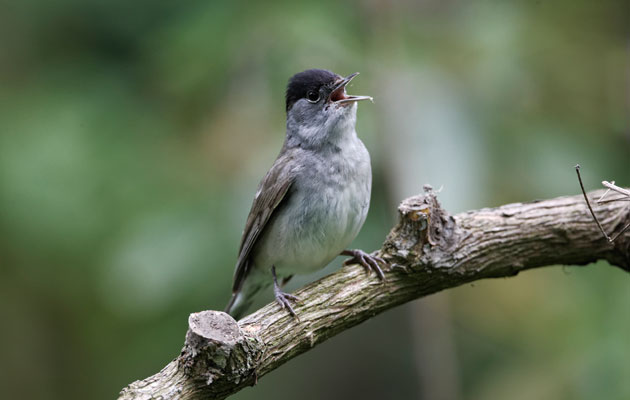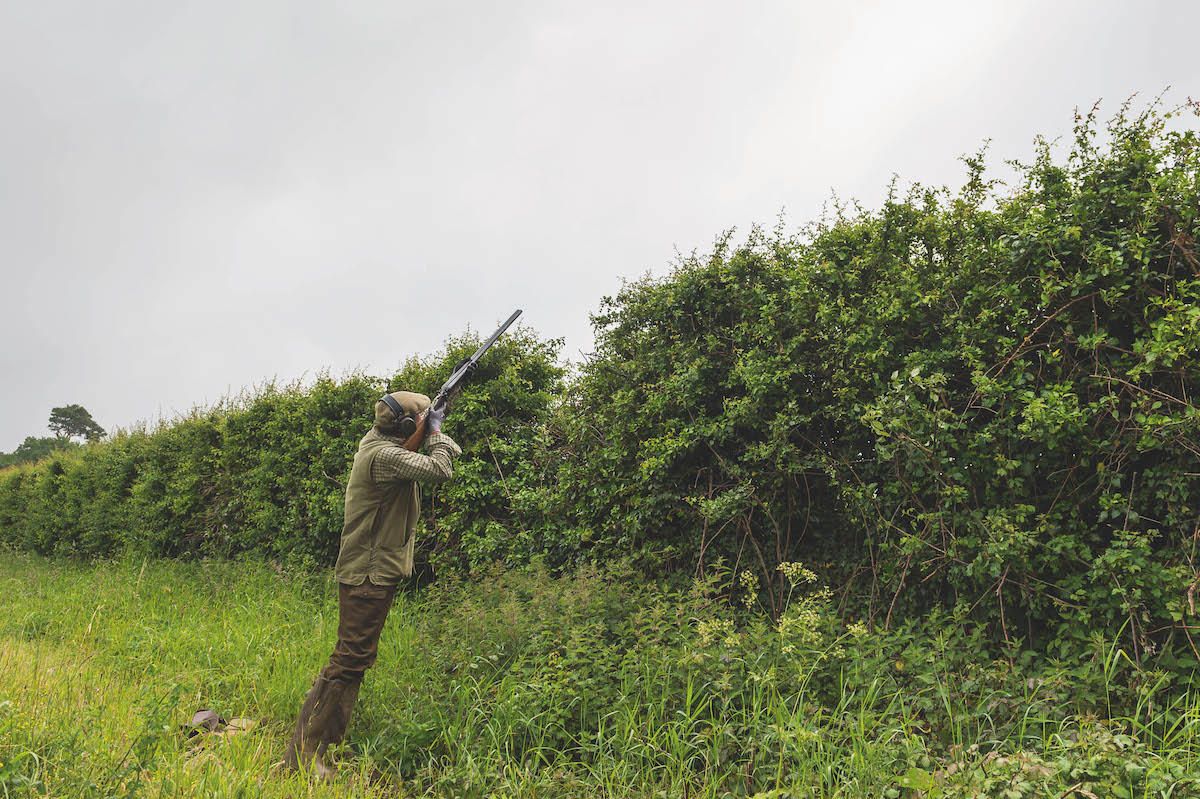How much wildlife have we got?
We are already doing great things, but with a few tweaks we can make our shoots so much more wildlife friendly, says Dr Roger Draycott

We know a great deal about good shoot management and good wildlife conservation these days, but we continually face criticism. This is based on the rising popularity of game shooting over the past 20 years, particularly with the increase in number of reared birds that are being released in the UK.
Coming under the umbrella of the Game & Wildlife Trust’s ‘Campaign for Game’, the biodiversity assessment aims to encourage individual shoots to increase the biodiversity benefits of their game management activities either by making a few small tweaks or by undertaking a complete overhaul.
GWCT research has already identified the considerable environmental benefits that can arise from responsible game management activities such as over-winter supplementary feeding, predation control and woodland management, but more needs to be achieved. Effective national uptake of the assessment will start to provide a clear demonstration of the contribution of game management to wildlife conservation in the UK.
Our aim is to maximise the broader wildlife benefits of game management. No matter how good it all is, there is always scope to do better. Issues that we would like to tackle, for example could include how shoots can get a bit more wildlife value from cover crops. Maize with sorghum is very much a mainstay in the south, but their value to birds like linnets and yellowhammers is very small. To add considerable wildlife value we would suggest adding some small seeded crops, millet and quinoa, which would offer a valuable winter food source for farmland birds.
On virtually every shoot I visit, either the keeper or owner will proudly point out that they have large flocks of songbirds visiting their cover crops and feeders, but as this is un-recorded it goes unnoticed by the general public. As a first step, I recommend that they participate in the GWCT Big Farmland Bird Count. This year, over 500 farmers contributed covering nearly half a million acres of land and recorded 116 different species. If we can get more shoots involved in this simple initiative, then we can start to demonstrate how wildlife benefits from cover crops and supplementary feeding. Similar improvements could be made in other habitats too.
From our research studies, we know a great deal about how releasing pheasants affects woodland vegetation, so by having a release density that is appropriate for a particular woodland, we can ensure that the overall impact of the pheasants and associated woodland management will be positive for the environment and wildlife. For example, as a general rule, releasing no more than 1,000 birds per hectare of release pen means there will be negligible impacts on the vegetation in the pen and the woodland will likely support more wildlife, owing to the management being undertaken in the wood. We have shown that woodland managed for pheasants can hold up to 50 percent more warbler species like chiffchaff, blackcap and willow warblers. We must be conscious though that if we release large numbers in sensitive habitats like ancient woodland then there is the potential for negative impacts.
Small projects that enhance the environment when added up over the whole shoot will not only benefit declining bird species, they will have a knock on benefit for the shoot too. Sound conservation is something that shooting people pride themselves in delivering. We believe that having a designated conservation policy in place, with achievable but challenging targets, keeps everyone focused.
Shooting as we know it is under pressure and that applies at the individual shoot level too. If all shoots can demonstrate that they are having an overall positive effect on the wildlife on their ground, then we are in a much stronger position to promote the conservation benefits of gameshooting.
For details of the biodiversity assessment or to join the GWCT, contact Lynda Ferguson, tel 01425 652381 or visit www.gwct.org.uk.








